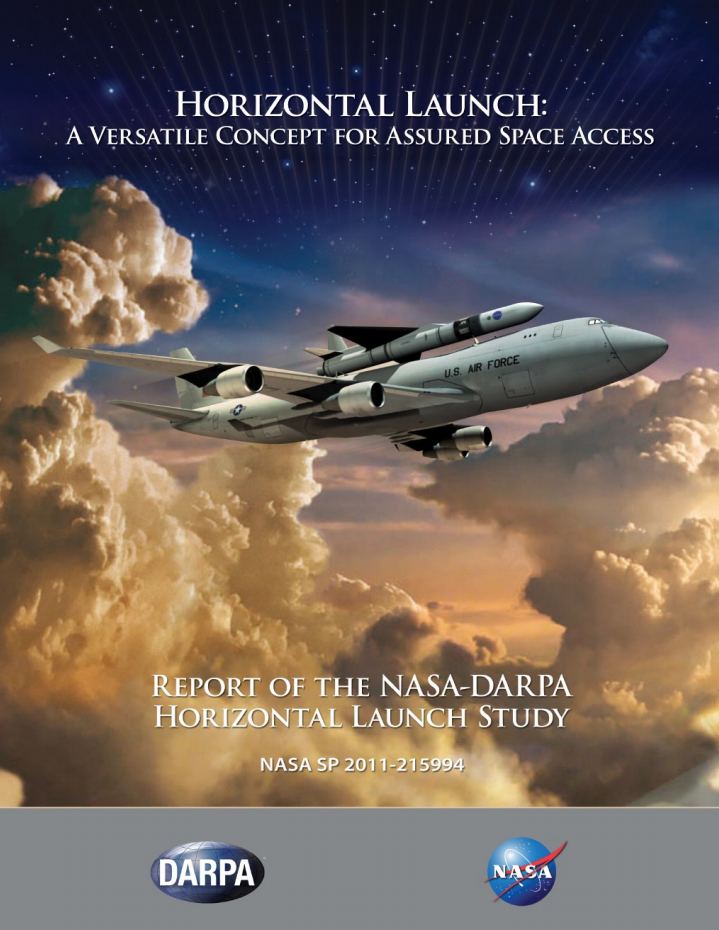 | ||
The Scientific and Technical Information (STI) Program of the National Aeronautics and Space Administration (NASA) collects, organizes, preserves, and releases the Agency's scientific and technical information. STI is derived from NASA's research and development efforts and NASA projects, programs, and missions. The program is essential in helping NASA avoid duplication of research, by sharing information to ensure that the U.S. maintains its preeminence in aerospace-related industries and education. Examples of NASA STI include technical papers and reports, contractor reports, conference papers and proceedings, journal articles, presentations, and technical information on websites. NASA STI also includes research information from NASA's predecessor agency, the National Advisory Committee for Aeronautics (NACA), which dates back to 1915 and transitioned to NASA at the advent of the National Aeronautics and Space Act of 1958 (Amended).
Contents
Program Management
The STI Program Office (STIPO) is funded by the NASA Chief Information Officer (CIO) in Washington, DC. The NASA CIO establishes strategic policy and operational measurements for STIPO, which is located at NASA's Langley Research Center in Hampton, Virginia. STIPO is charged to collect NASA STI, organize it into a database, ensure that it is preserved via the National Archives and Records Administration, and release the STI via NASA portals or via other channels, such as science.gov and USA.gov. The STI Program participates in the collaborative Open Government Initiative and is a member of CENDI, which is a partnership of Federal STI managers.
The STI Program is a critical component in the worldwide activity of scientific and technical aerospace research and development. STIPO's charter exists so that NASA STI is promptly and widely released and available, and can be leveraged by NASA, U.S. businesses, government, the public and international entities. This allows NASA to comply with e-Government regulations.
Management and Dissemination of STI
STI is collected and then organized by its content prior to being added to the STI Database for global dissemination. This is a world-class collection of STI that includes over 4 million bibliographic records and a growing number of full-text documents. This database has two segments: The NTRS Registered for registered users, and the NASA Technical Reports Server (NTRS) for publicly available NASA STI.
Accessing the NASA STI Program
The STI website provides products, services and tools to access and benefit from NASA STI.
Connecting with Users
In addition to the STI website, STIPO uses social media to foster awareness of the Program’s activities and latest acquisitions. Presence includes Facebook, Twitter, and YouTube.
